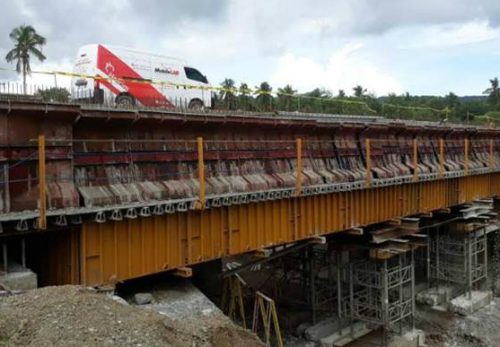
With the government’s infrastructure investments driving up cement demand, leading building solutions provider Holcim Philippines, Inc. is encouraging local contractors to shift to blended cement for road building due to its environmental and performance advantages.
Road building in the country is expected to sustain its strong growth and remain a key driver for cement demand as the government pursues its Php 8 trillion “Build, Build, Build” program to upgrade key infrastructures. In July, the Department of Public Works and Highways (DPWH) reported that 3,945 kilometers of roads have been built by the current administration with more projects underway until 2022.
Holcim Philippines Senior Vice President for Sales William Sumalinog said most Philippine roads are still built using Ordinary Portland Cement (OPC) which has a higher clinker component than blended cements. Clinker is an intermediate product and responsible for a significant amount of CO2 emissions during cement production. Holcim has been optimizing its production process to reduce emissions from clinker production with the use of blended cements as one major lever.
He pointed out that the DPWH has allowed blended cement for roads since June 2016 through Department Order 133 which amends building standards for concrete pavements that previously specified OPC. The DPWH directive is meant to help in the government’s intent to reduce greenhouse gas emissions.
“The order is aligned with Holcim Philippines’ efforts to lower emissions from cement production as part of our overall sustainability commitment. Aside from pushing efficiency initiatives, getting our partners to shift to blended cement products is key to meeting our environmental targets,” he said.
Sumalinog also said that the DPWH directive also acknowledges that blended cement meets the quality standards for strength and durability for roads. He noted that blended cement may even perform better in some cases as it can be customized to address the specific durability challenges present in sites where structures will be built.
Sumalinog said that since the issuance of the directive, the company has been working with its business partners and regional DPWH offices to highlight the benefits of blended cement over OPC through its engagement programs such as Holcim Building Bridges.

